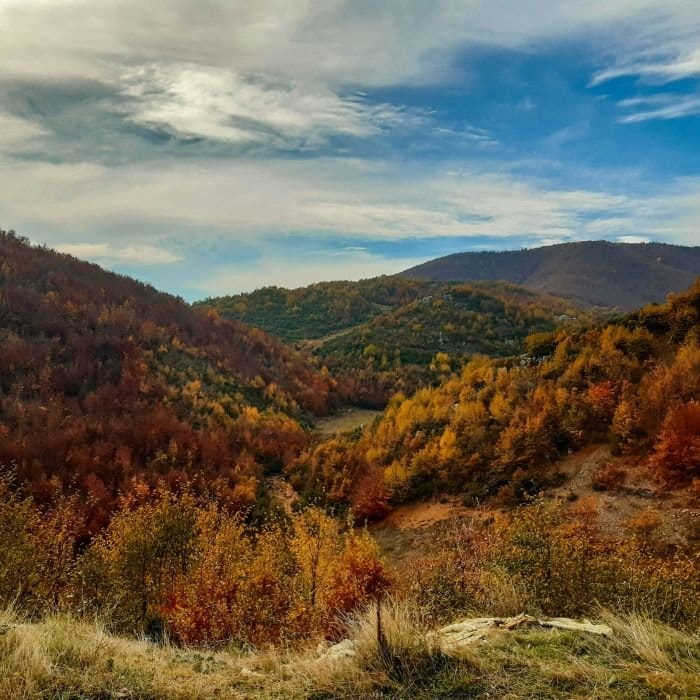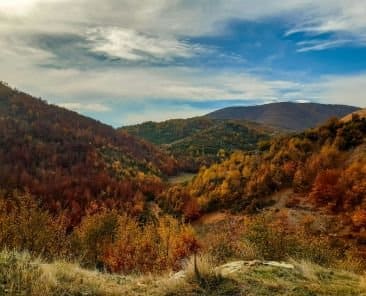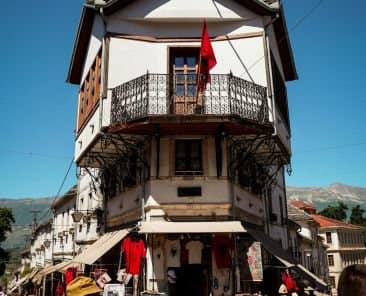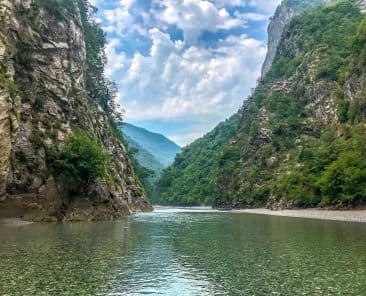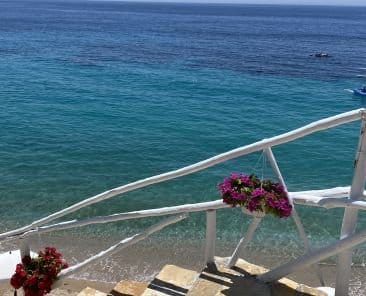Albania is a hidden gem when it comes to history and archaeology. With its rich cultural heritage and ancient sites, the country offers plenty of opportunities for travelers interested in stepping back in time. Whether you’re an enthusiast of ancient civilizations or simply looking to explore stunning ruins, Albania is filled with incredible places that will transport you to the past. Here’s a list of must-see historical and archaeological sites in Albania for 2025.
Butrint
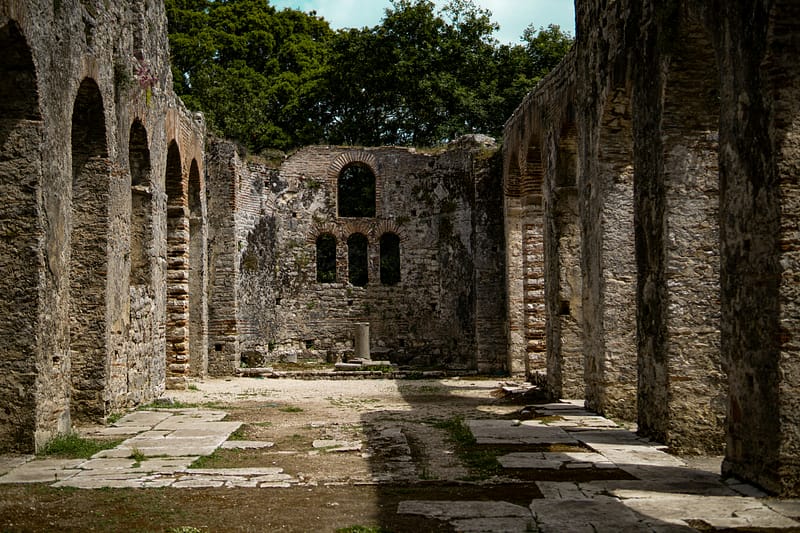
Butrint is undoubtedly one of the most famous archaeological sites in Albania, and for good reason. Located in the southern part of the country, Butrint was once an important Greek and later Roman city. Today, it’s a UNESCO World Heritage site and a stunning blend of ruins from various periods, including Greek temples, Roman theaters, and Byzantine churches. As you wander through the site, you’ll be able to see the layers of history, with well-preserved structures that tell the story of over 2,000 years of human activity.
Gjirokastër
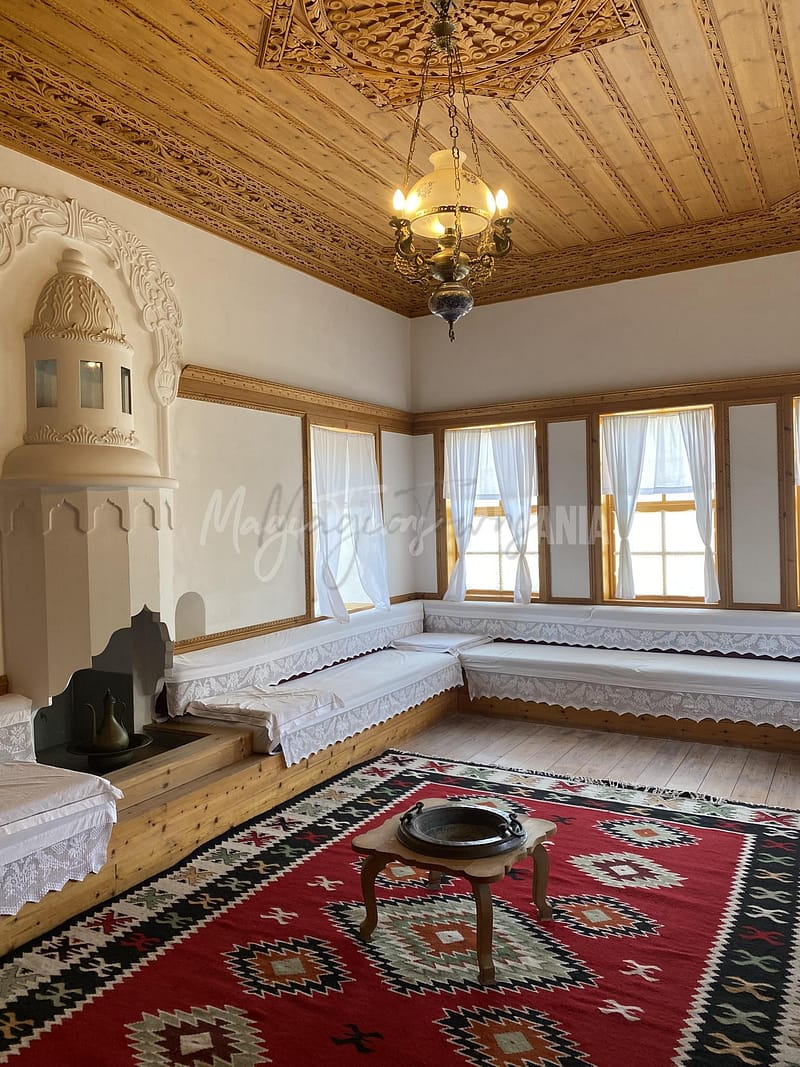
Gjirokastër is often referred to as the “City of Stone” due to its well-preserved Ottoman-era architecture. The city is also home to a UNESCO World Heritage site, thanks to its cobbled streets, traditional stone houses, and imposing castle. The Gjirokastër Castle, which dates back to the 12th century, offers panoramic views of the city and the surrounding valley. Inside the castle, you’ll find the Gjirokastër Museum, which shows the region’s military history, as well as a fascinating collection of exhibits from Albania’s communist period.
If you’re planning on visiting this town in the near future, you might want to check out the top 10 things to do in Gjirokastër.
Apollonia
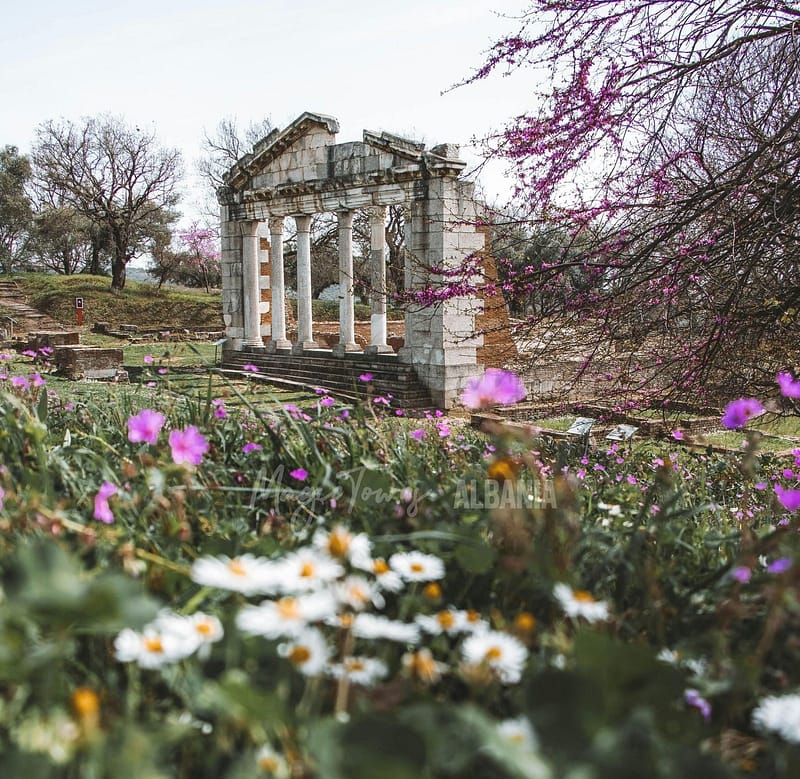
If you’re looking to explore an ancient city, Apollonia should be at the top of your list. This Greek colony, founded in the 6th century BC, is located near the town of Fier in central Albania. The site includes impressive ruins, such as the remains of the Temple of Apollo, a large theatre, and a massive city wall. The Archaeological Park of Apollonia also houses a museum that offers insight into the history of this important site and its role in the ancient Mediterranean world.
Berat
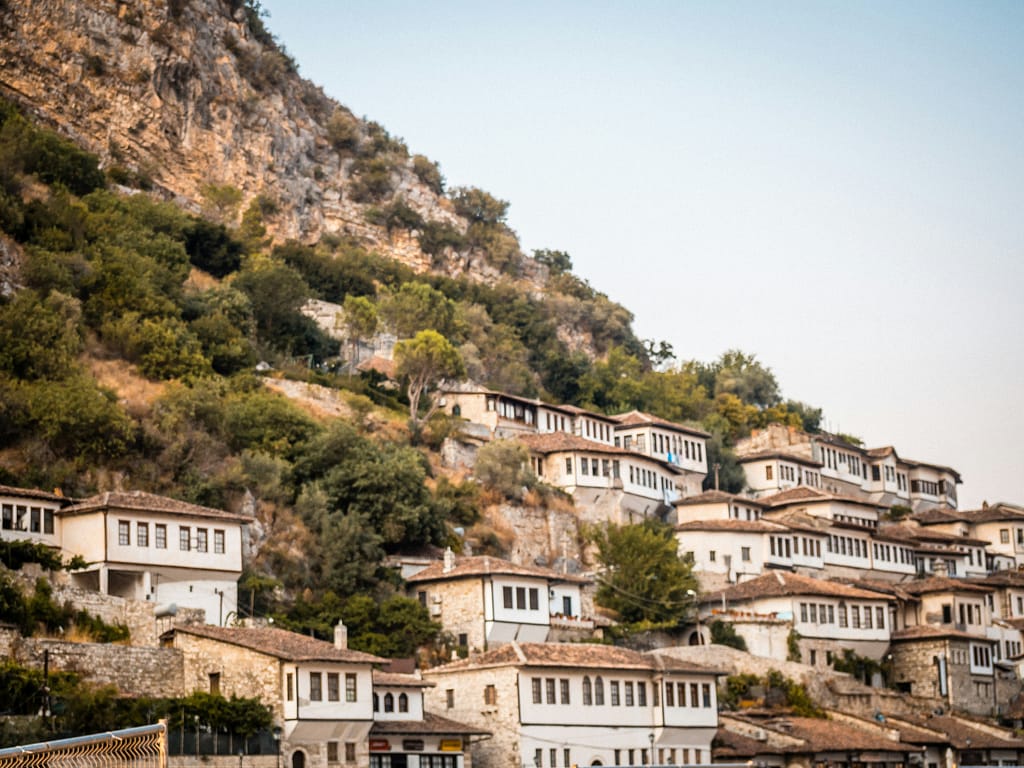
Berat, often called the “Town of a Thousand Windows,” is another UNESCO World Heritage site. Its historical centre is a well-preserved example of Ottoman architecture, with its white stone houses and narrow cobblestone streets. One of the key attractions in Berat is the Berat Castle, which has been inhabited since the 4th century BC. Inside the castle, you’ll find several churches and mosques, along with breathtaking views of the surrounding landscape and the Osum River.
Kalivo
Kalivo is an archaeological site located in the northern part of Albania, near the town of Shkodra. This ancient city was once a thriving Illyrian settlement, and today, you can explore its ruins, including remnants of its city walls, houses, and a small theatre. The site is not as well-known as some of Albania’s other archaeological sites, but its peaceful location and fascinating history make it worth a visit.
The Roman Mosaic of Pogradec
Pogradec, located on the shores of Lake Ohrid in eastern Albania, is home to a stunning Roman mosaic. The mosaic, which dates back to the 4th century AD, depicts scenes from daily life and offers a glimpse into the artistic and cultural practices of the Romans. It’s located in the town’s archaeological museum, and while it may not be as large as some other sites, it’s an impressive example of Roman art and craftsmanship.
Shkodra Castle (Rozafa Castle)
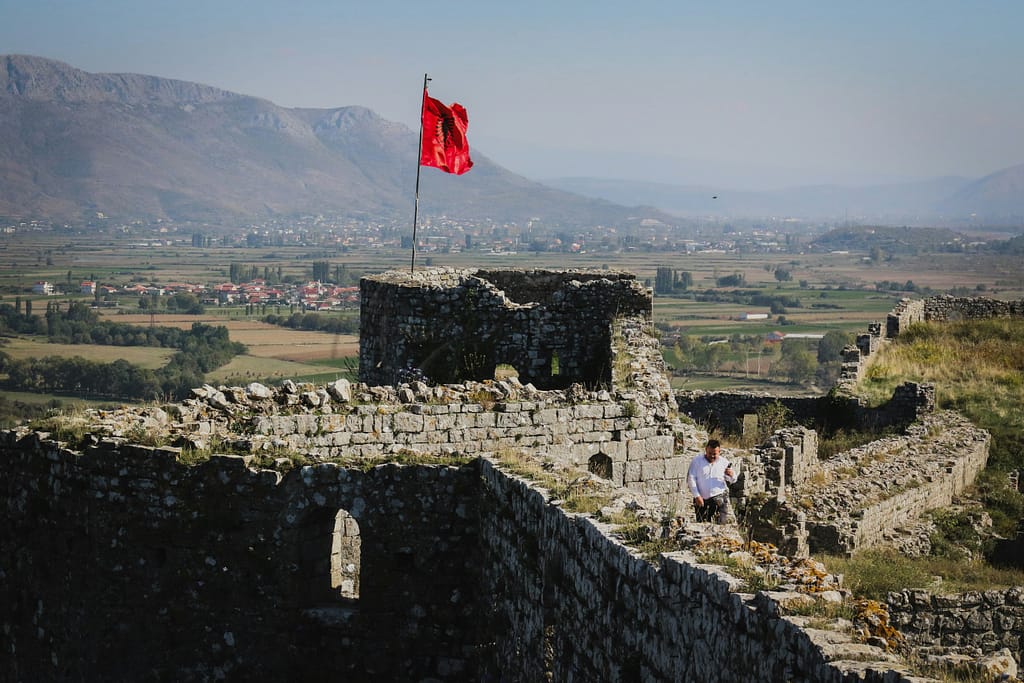
Rozafa Castle, perched on a hilltop overlooking the city of Shkodra, is one of Albania’s most iconic landmarks. The castle dates back to the Illyrian period, and its strategic location has made it an important site throughout history. According to local legend, the castle was built by three brothers, and the walls are said to be reinforced by the sacrifice of one of their wives, who was bricked into the walls alive. The castle offers panoramic views of the surrounding area, including Lake Shkodra and the Albanian Alps.
Krujë Castle
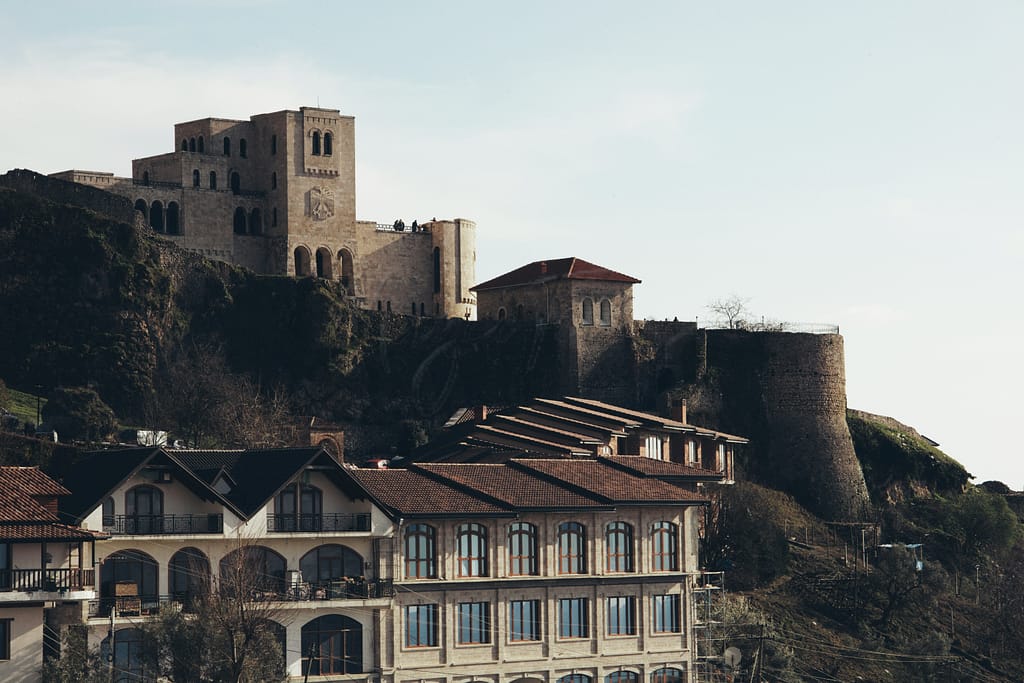
Krujë Castle, located near the capital city of Tirana, is a symbol of Albania’s resistance against foreign invaders. It was the centre of the Albanian resistance against the Ottoman Empire, led by the national hero Skanderbeg. The castle houses the Skanderbeg Museum, which chronicles his life and the history of the Albanian people. The town of Krujë itself is charming, with cobblestone streets and traditional shops selling handmade goods and souvenirs.
Recommended Read: Explore the beauty of Kruja within one day!
Llogara Pass
While not an archaeological site in the traditional sense, Llogara Pass is a famous natural landmark in the country. Located on the Albanian Riviera, the pass is not only famous for its breathtaking views of the Ionian Sea but also for its role as a historic crossing point. The pass was once used by ancient armies and travellers, and it offers a chance to reflect on the many people who have passed through this rugged terrain over the centuries.
Final Thoughts
Albania is packed with history, and these spots are just the tip of the iceberg. Whether you’re into ancient ruins, castles, or epic views, there’s a lot to explore and enjoy. So, if you’re looking for somewhere off the beaten path in 2025, Albania might just surprise you in the best way possible.
For similar content on Albania, feel free to follow our online community, where we share interesting and valuable information every week.
-

Sara embodies the definition of creativity in her role as a content creator on our team. As a native Albanian, she focuses on writing qualitative pieces, mostly well-researched articles and informative blog posts. She also plays a key role in creating engaging social media posts to build a like-minded community of Albanian lovers and keep them engaged. Her qualifications, among others, include a Reuters-accredited certificate in journalism, language certification, internship experience in Bucharest, and training in digital marketing. If Sara’s not on her desk creating content, you might find her reading a good book or penning her thoughts in her diary.
You can also find her words on Momentum Group, Bulls Media Albania, 112hub, and Ajroni.



